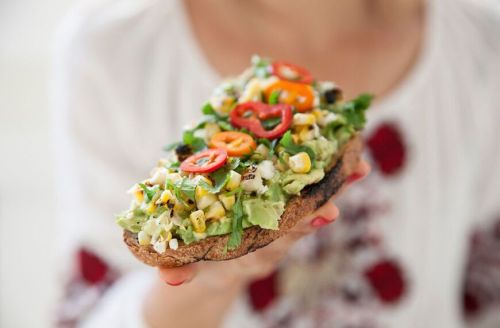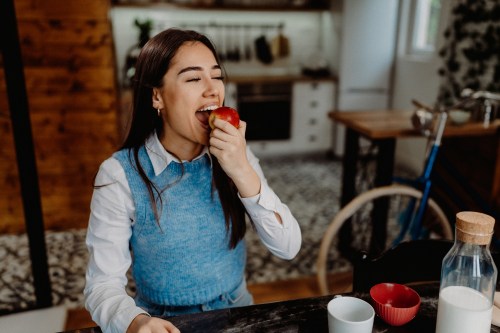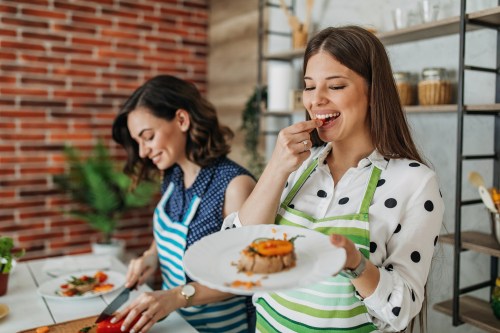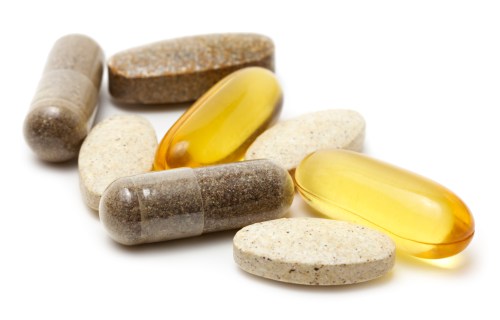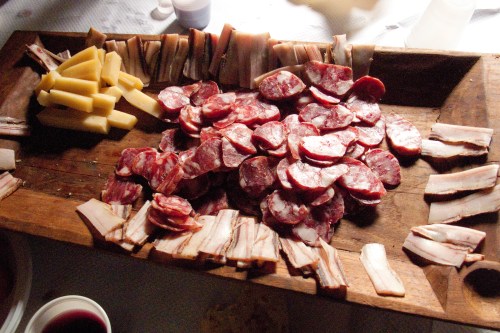It’s Sunday morning, and you’re sitting down for an après-yoga outdoor brunch. As you scan the menu, you see delish, healthy options right and left (protein pancakes! omelettes! oats!). But despite the wealth of mouthwatering choices, you just can’t resist ordering nutrient-rich avocado toast for the 900th time.
Well, according to a recent study published in the journal Cell Metabolism, you owe your avo-topped obsession to a simple cognitive fact: Your brain just can’t get enough of the carb-and-fat combo. Yale University researcher Dana Small, PhD, recently observed 206 volunteers (average age 25) while an functional magnetic resonance imaging (fMRI) machine took photos of their brain activity as they decided how much they would spend snacks from a menu of fats (like cheese cubes), carbohydrates (like bread or candy), and options that combined the two (such as avocado toast or pizza).
Eating avocado toast, pizza, or any other carb-fat combo inspires high activity in the “reward” regions of the brain—including the dorsal striatum and mediodorsal thalamus—which leads to our borderline ecstatic response.
Unsurprisingly, people valued the carb-fat options most. “Participants [were] willing to pay more for fat plus carbohydrate compared with equally familiar, liked, and caloric fat or carbohydrate foods,” Dr. Small’s team notes.
And the fMRI scans revealed why: According to Dr. Small, eating avocado toast, pizza, or any other dish that adopts this irresistible partnership inspires high activity in the “reward” regions of the brain, which then leads to the nearly ecstatic responses in avo-smash addicts. According to the researchers, our brains have this reaction because—compared to our ancestors’ diet of plants and raw meat—we are spoiled by the large variety of food to which we now have access. “The modern food environment proffers up nutrients in doses and combinations that do not exist in nature,” they note, explaining why our brains get such a kick out of gobbling the carb-fat treats. They even compare the brain’s reaction to carb-fat combos to the same overstimulation it feels on drugs.
This news might be the best explanation for why a pop-up avocado museum is opening this summer and why there’s an all-avocado restaurant in Amsterdam—and Shark Tank might be bringing one to a city near you soon. The people just can’t get enough.
Make the most of your toast by topping it with these turmeric scrambled eggs or deconstructing it into this avocado soufflé.
Sign Up for Our Daily Newsletter
Get all the latest in wellness, trends, food, fitness, beauty, and more delivered right to your inbox.
Got it, you've been added to our email list.
